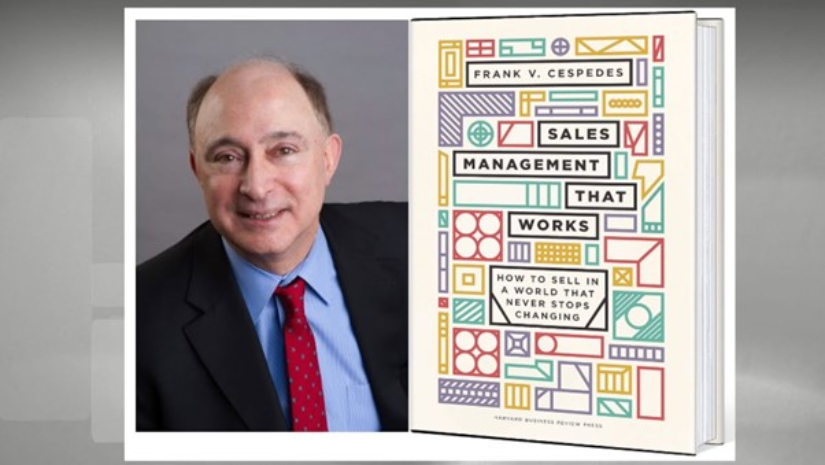Sizing Them Up: Sales Performance, Behaviors, Assessments
September 29, 2021
Frank Cespedes is Senior Lecturer in the Entrepreneurial Management Unit at Harvard Business School and is the author of Sales Management That Works: How to Sell in a World That Never Stops Changing. Here he argues that while using behavioral assessments can be beneficial, there are three key things that must be considered.
Judging a person’s fit for a sales job is complex, and managers greatly overrate their ability to predict performance based on interviews. Hence, using behavioral assessments to identify traits common to high-performing salespeople is a growing trend in hiring and training. However, you must manage three key issues inherent in this practice:
Performance
There’s no doubt that sales stars exist. Differences in individual sales performance are very wide in most firms. The top 20 per cent of salespeople often account for 50-60 per cent of company revenues. Sales is like other creative occupations where stardom is common. Performance profiles in those jobs are (in statistics terminology) a “power distribution curve,” not a normal-distribution bell curve.
Research has therefore long focused on uncovering traits related to high selling performance, especially personality traits, demographics (e.g., age, education), and qualities like “emotional intelligence.” But depending upon the situation, the same traits have been positively and negatively correlated with performance. Why? Sales is context specific: selling software is different than selling capital goods or professional services; selling in North America differs from South America, Europe, or Asia; selling a new product differs from re-buy situations, and so on.
Context matters in identifying relevant traits. In business, there is only performance in a given situation — here, not there — and much of selling in particular depends upon the relationships and mutual trust that the rep establishes with others in his or her company.
Behaviors
Sales is about behaviors. So, in hiring, complement interviews and assessments with role plays, task assignments and, whenever possible, job trials and internship-type hiring scenarios because probationary periods are better predictors of actual performance than ex-ante evaluations. Technology is increasing options for doing this in less time via game-like activities, video, and online media.
Similarly, do not rely primarily on classroom training. Adults learn best when they apply a new skill and see the results in task-specific situations. This is crucial in sales where learning involves behaviors, not only knowledge. Talking about selling is not the same as selling. To acquire a skill (versus new information), people must repeatedly apply that behavior before it becomes practiced enough to be comfortable and effective. This means that on-the-job learning and performance management practices are necessary complements to assessments.
Assessments
Any tool is only as good as its relevance and the people using it. For example, Myers-Briggs and DISC are popular. But neither instrument was intended as a job-assessment tool, and both have methodological and reliability issues.
On the other side of the desk, the users of assessments must be trained in interpreting the results, which are susceptible to multiple, subjective interpretations. If not, we’re then in “assessment theatre”: using the tools as camouflage for a judgment based on gut and that morning’s mood.
It’s important to understand who your high performers are, what they do, and how to disseminate best practices. But talent comes in all shapes and sizes in sales forces, which are composed of people with diverse strengths and weaknesses. Incremental improvements to the larger group of average performers typically have, in the aggregate, a higher and more accessible ROI than trying to clone your best people, and relevant behavioral assessments often have their biggest impact there.

